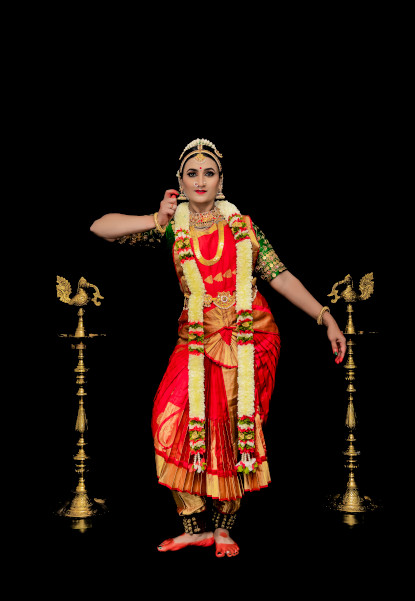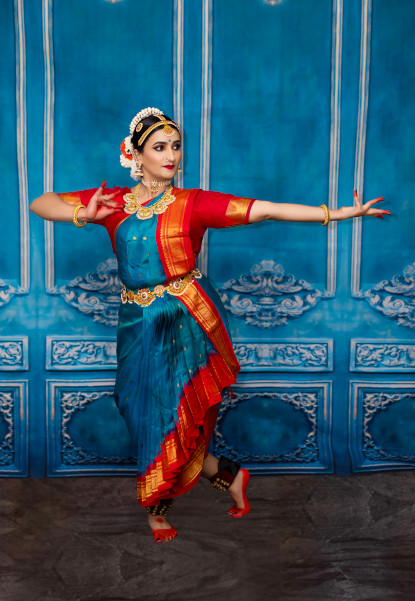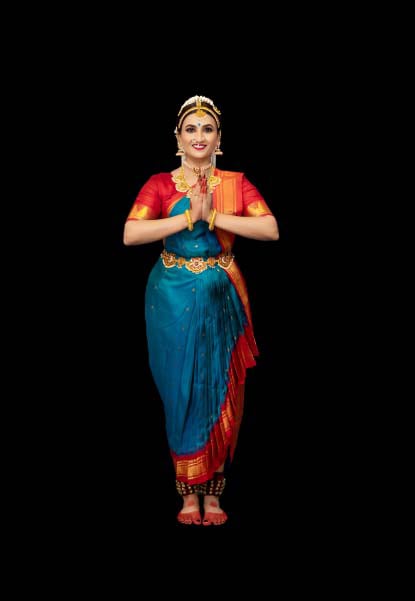Program Details

Thodaya Mangalam
Item : Thodaya Mangalam ((Jaya Janaki Ramana)
Raagam : Ragamalika
Thaalam : Thalamalika
Composer : Sri Bhadradri Ramadas,Sri Anamacharya,Sri Vijayagopala Swamigal, Sri Padmacharan
Choreographer: Guru Narmada
Shringapuradeeshwari
Item : Sringapuradeeshwari
Raagam : Kalyani
Thaalam : Adi
Composer : Sri Padmacharan
Choreographer: Guru B. Bhanumati


Varnam
Item : Varnam (Chandrachooda)
Raagam : Raagamaalika
Thaalam : Aadi
Composer : Saint Purandaradasa
Choreographer: Guru B. Bhanumati
Broche
Sri Mysore Vasudevacharya talks about his love for Lord Rama. His vinappa and plea to the Lord to accept him like a child and a true Bhakta is emitted and choreographed as so. This piece was selected for Shravani as Dr. Narayanan felt Shravani had a kind and mature demeanor that she could emit well. Dr. Narayanan also felt adding a sanchari regarding Narasimha before the krithi would provide a wide variety of emotions and stories to show the sharanagathi and bhakti towards Lord Vishnu. May be it in any form of Lord Vishnu, Lord Rama or Lord Narasimha in this case, the bhakti remains the same. The composer writes pleading to Lord Rama to give him the love and surrenders his whole self to him. The composer writes with utmost right like how a child would talk to their mother demanding their love. This piece is in Ragam Khamas and set to Adi Talam. This piece is composed by Sri Mysore Vasudevacharya and choreographed by Guru Smt. Sheela Chandrashekar.
Item : Brochevarevare
Raagam : Kamas
Thaalam : Aadi
Composer : Sri Mysore Vasudevacharya
Choreographer: Guru smt. Sheela Chandrashekar


Tiro Tiro Javarala
Item : Tiru tiru
Raagam : Gambira Natai
Thaalam : Aadi
Composer : Sri Annamacharyulu
Choreographer: Guru smt. Subashree Naraynan
Thillana
Item : Pancha Ratna
Raagam : Hindolam
Thaalam : Aadi
Composer : Guru Sri K.N. Dandayutha Pani Pillai
Choreographer: Guru Sri K.N. Dandayutha Pani Pillai


Mangalam
Item : Brahmam Okkate
Raagam : Bouli
Thaalam : Tisra Nada Eka Talam
Composer : Sri Annamacharyulu
Choreographer: Guru smt. Subashree Naraynan